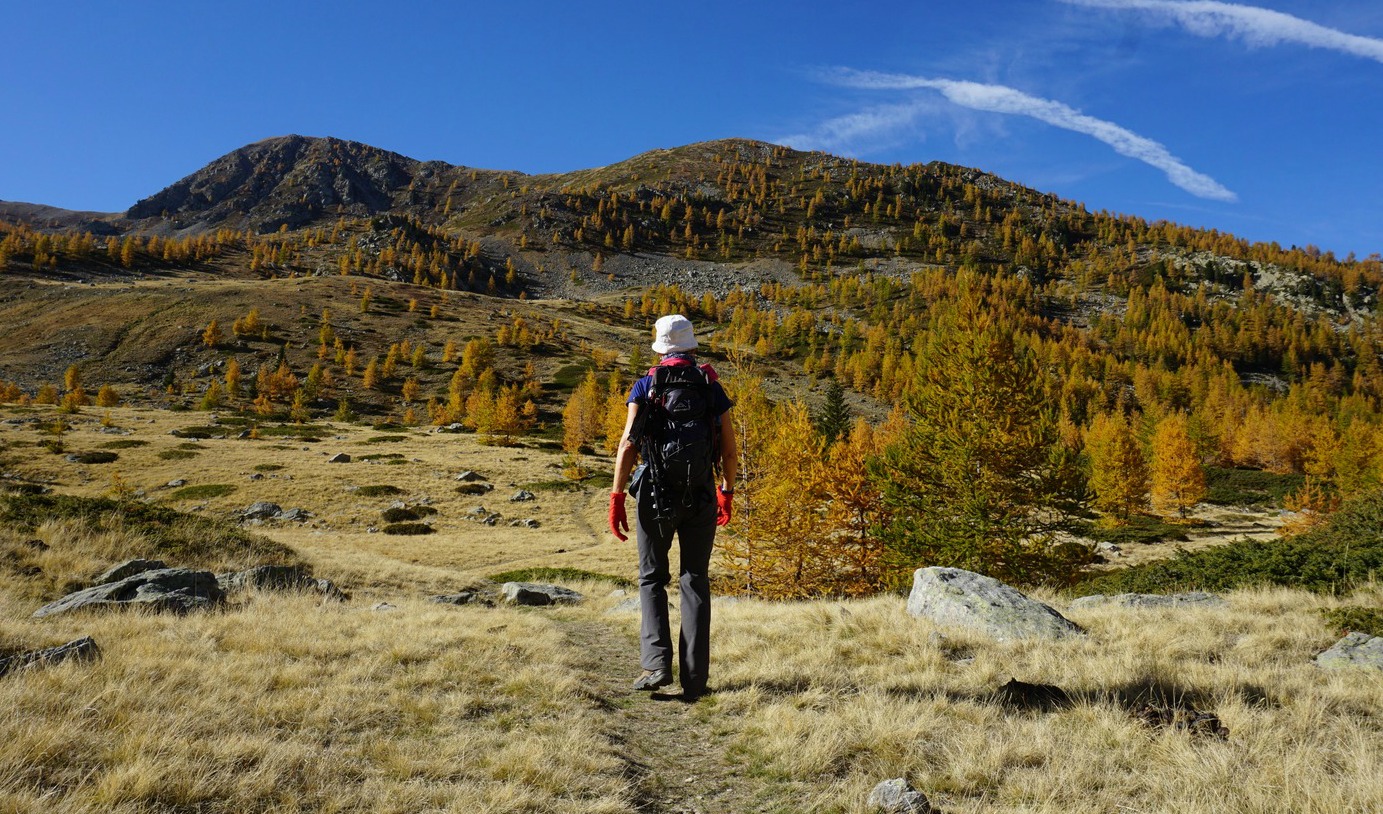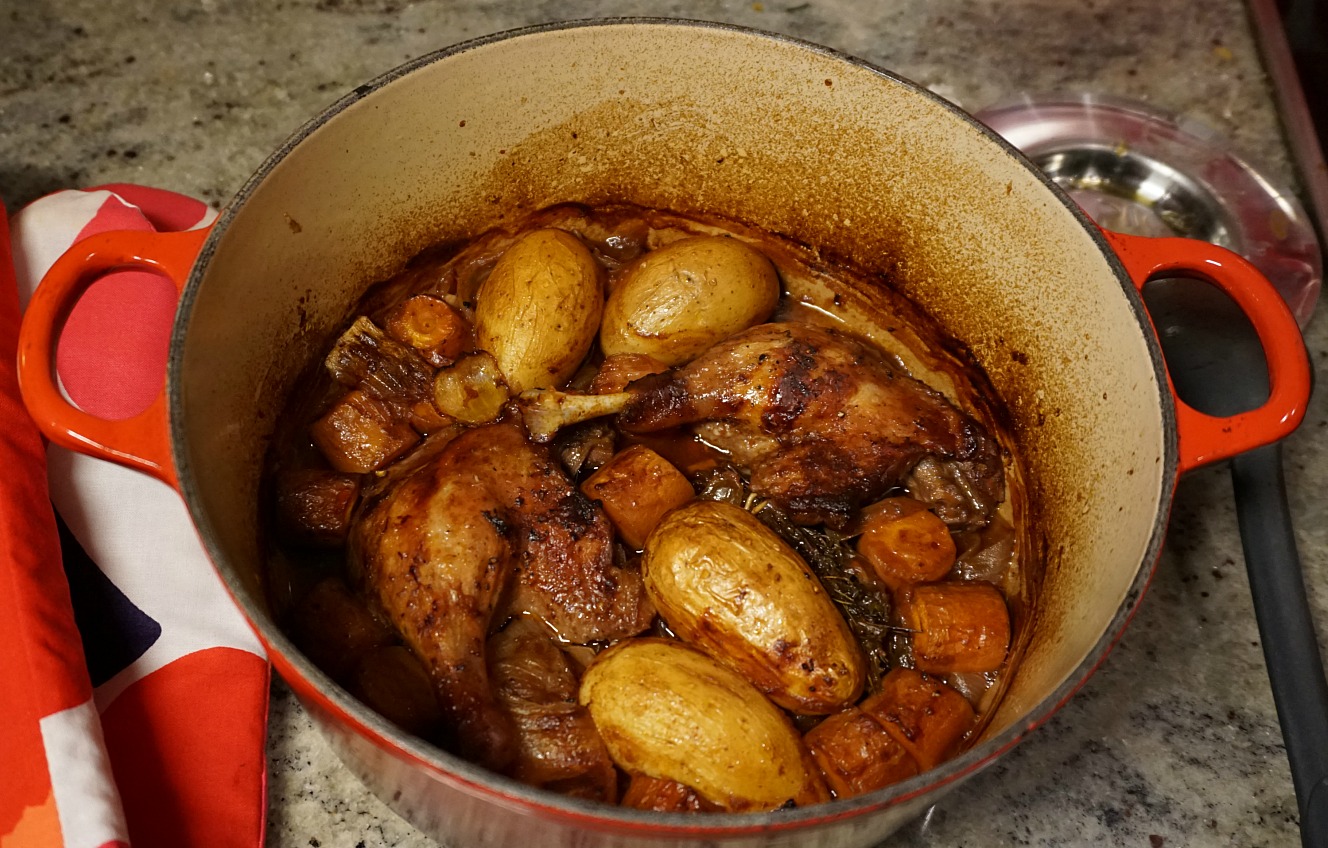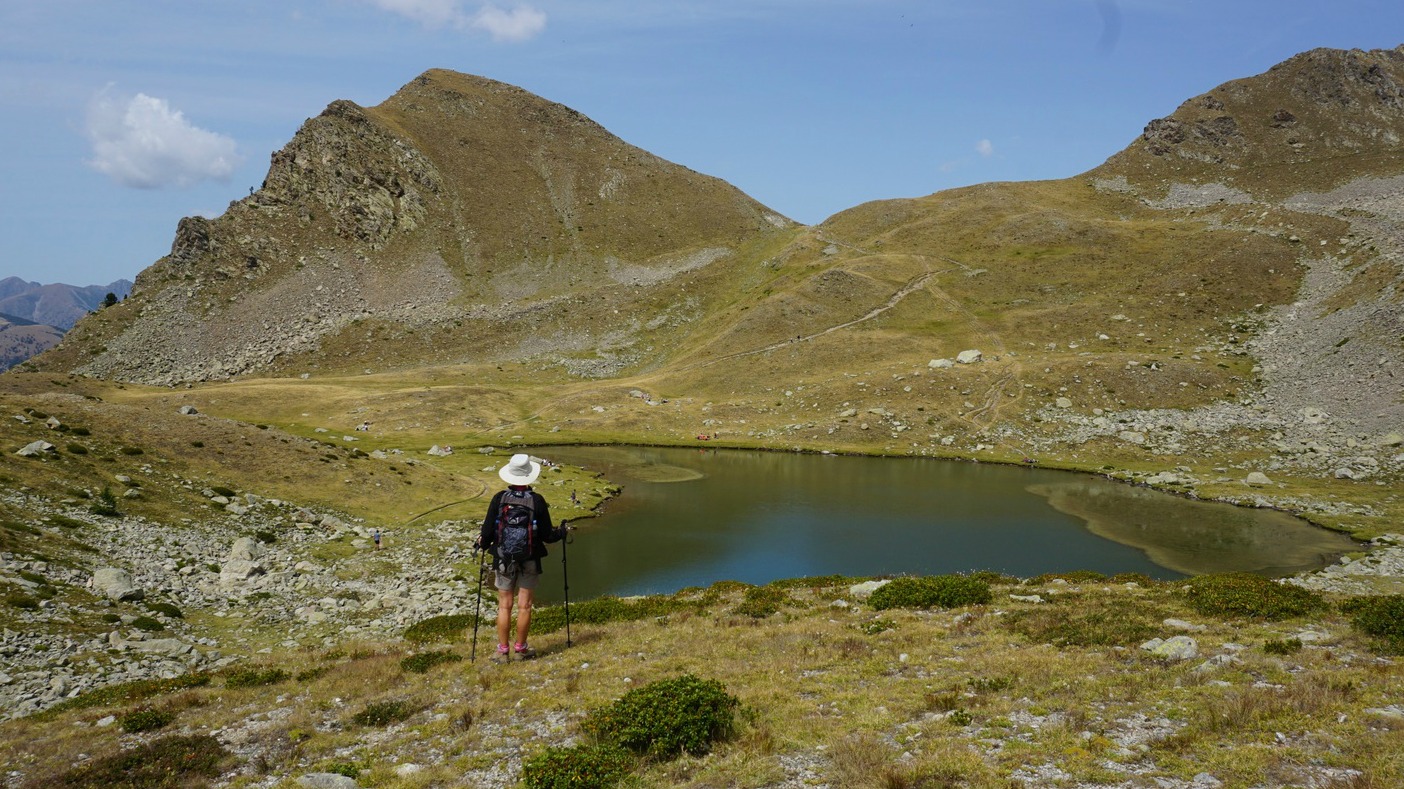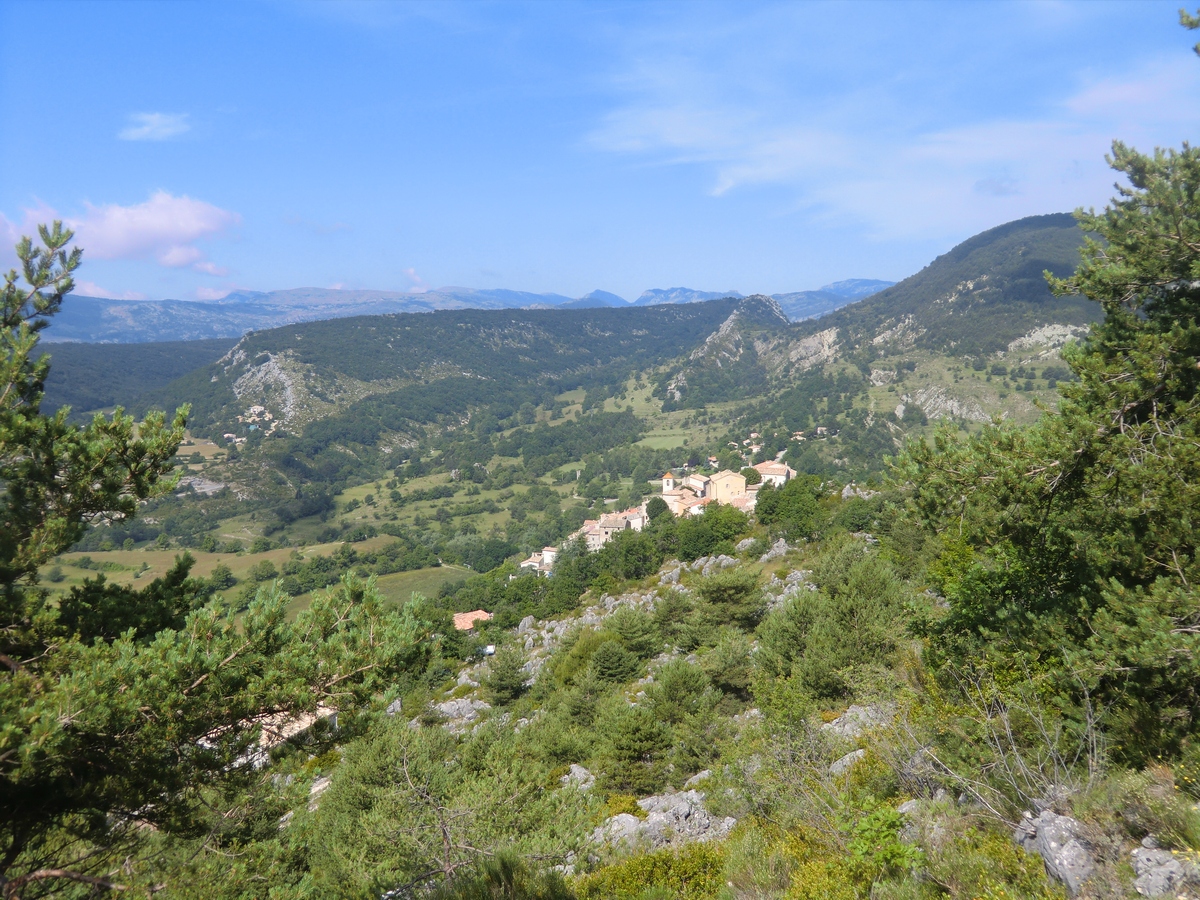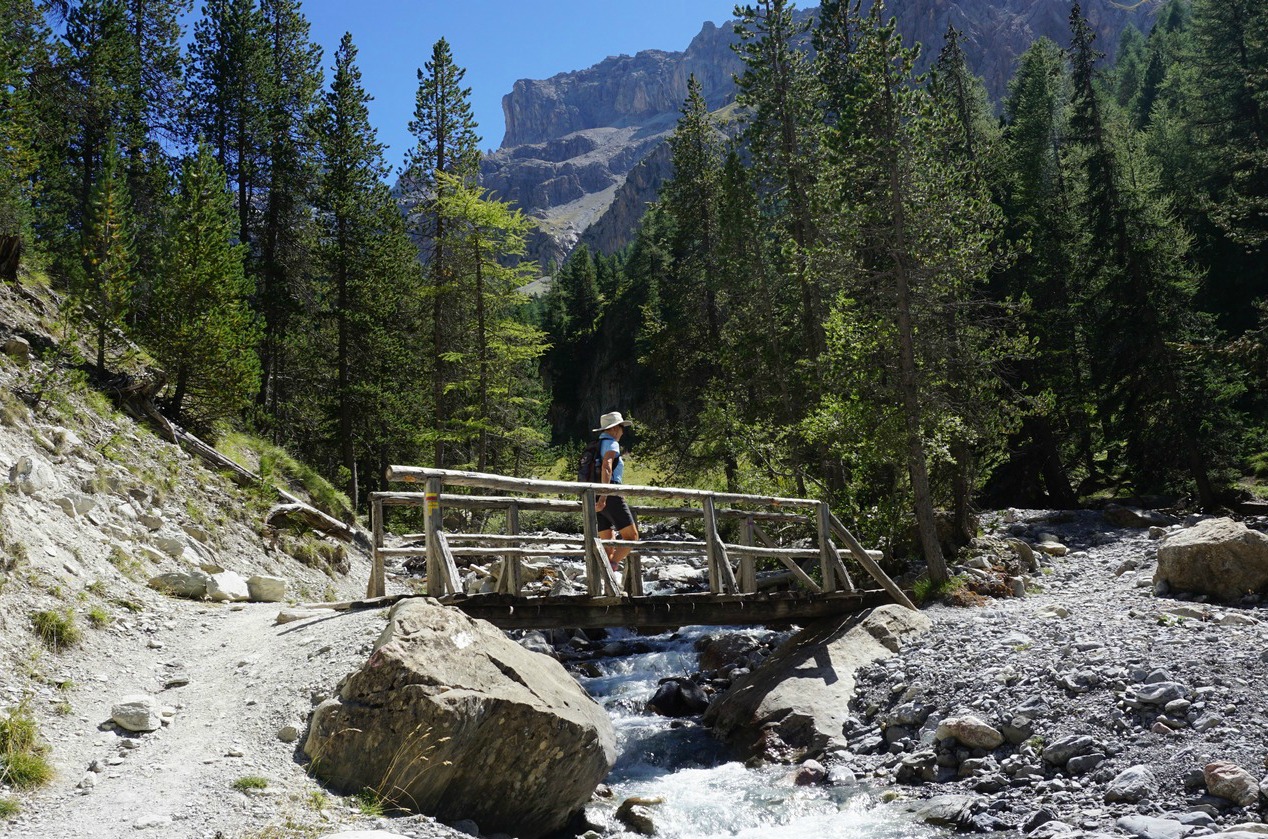October hike above Madone de Fenestre
October hike above Madone de Fenestre
It was a clear late October morning, trees turning bright yellow higher up. The magnificent ridge comprising five peaks between the passes Baisse de Prals and Baisse de Ferisson (2254 m) south of Madone de Fenestre was once again our goal. From Nice, it takes about 1h 30 to reach the sanctuary. As mentioned before, the network of...


